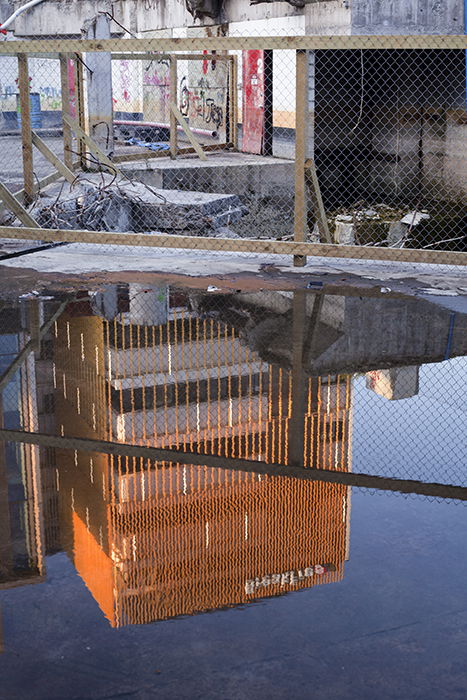A photographer’s vantage point is everything. It’s the perspective from which you shoot, and it can make or break a photo. Get it wrong, and your photos will be uninteresting at best. But get it right, and you’ll be able to capture stunning images that express your unique vision.
What is a Vantage Point in photography? Simply put, it’s the place from which you take a photograph. It could be from ground level, looking up at a subject; from high up in a building or tree; from inside a car or train; or any other location that gives you a different perspective on the world around you. Finding interesting vantage points is one of the keys to taking great photos.
Photography borrowed the vantage point definition from the fine art world. So what is a vantage point? The vantage point is the position from where you take your photograph. This includes viewpoints from extremely high to low and everything between.
It is your role to decide which vantage point to use and why. But learning about vantage point photography isn’t just about choosing where to stand.

Your vantage point affects the angles, composition, and narrative of a photograph. It is an integral part of the decision-making process when taking a photograph.
We often spend more time considering camera settings and lighting, than exploring viewpoints. A picture taken from a unique vantage point makes us think about the subject in a different way. Perspectives from high or low angles add emotion to the photograph.
Eye-level vantage points provide a feeling of directness and honesty. Changing your vantage point can include or exclude part of the photo’s story.
As you look through your viewfinder, ask yourself some questions:

Shift out of your comfort zone to explore more unique vantage points. Here are my top tips for incorporating different viewpoints into your photography.
Modern technology is convenient for high vantage point photography. We can capture beautiful scenes and subjects from above with drone photography.
Happy to stick with your regular camera and minimal technology? Try these more traditional ideas:

Context is an exciting concept with low vantage points. Are you surrounded by tall buildings in a city? In the middle of a forest?
You can explore low viewpoints by pointing the camera upwards. Try some different approaches to get an original image.

When is eye level not actually eye level? Most of the time. It’s unusual for me to photograph somebody (or creature) the same height.
To use an eye-level viewpoint, I either crouch or stand on my toes. Years of ballet training has helped with this skill! Using an eye-level vantage point can feel quite direct and intimate.
It also conveys a sense of honesty and directness in the photograph. Follow my tips below for great photos at eye level.
Shooting high or low viewpoints is subtle. Photographing at eye level requires bravery.

Changing your vantage point alters the arrangement of the elements in your photograph. Experimenting is the best way to push boundaries and get out of your comfort zone.

The vantage point plays an essential role in the overall feel of your photograph. By changing your stance or moving higher or lower, you can completely change how you view a scene.
As you change your vantage point, you need to juggle the shifting light and composition. Practice different vantage viewpoints on a familiar subject or scene. You’ll soon observe new patterns and stories emerging.